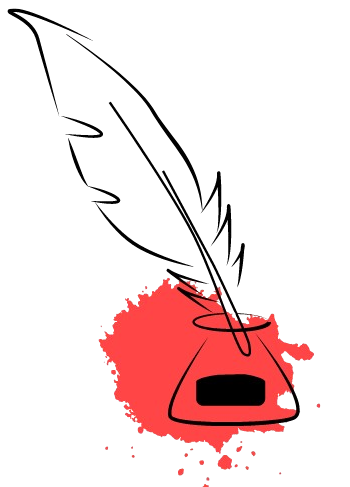Human sperm Human sperm is a male reproductive cell, also known as a spermatozoon. It is a highly specialized cell that plays a crucial role in sexual reproduction by fertilizing the female egg, or ovum. A sperm cell consists of three main parts: the head, midpiece, and tail. The head contains the nucleus, which houses […]
Summary: Human reproduction is a complex process involving the male and female reproductive systems. The male reproductive system consists of the testes, vas deferens, seminal vesicles, prostate gland, and penis. The testes produce sperm and secrete the hormone testosterone, which regulates male reproductive functions. The female reproductive system includes the ovaries, fallopian tubes, uterus, and […]
Chapter 2 of Class 12 Biology, “Sexual Reproduction in Flowering Plants,” delves into the complex process of reproduction in angiosperms. The chapter begins by introducing the structure of a typical flower, which is the reproductive unit in flowering plants. It discusses the essential parts of a flower, including the androecium (male reproductive organ) and gynoecium […]
Summary The first chapter of Class 12 Biology, “Reproduction in Organisms,” provides an overview of the biological process of reproduction, which is essential for the continuation of species. The chapter covers the different modes of reproduction, such as asexual and sexual reproduction, and explains how these processes occur in various organisms, including plants, animals, and […]
Adolf Hitler, born on April 20, 1889, in Braunau am Inn, Austria, was one of the most infamous dictators in history, leading Nazi Germany from 1933 to 1945. His life and actions left an indelible mark on the 20th century, particularly through the atrocities of World War II and the Holocaust. Early Life and Rise […]
The Big Bang Theory is a scientific explanation of the origin of the universe. It suggests that the universe began as a singularity—a point of infinite density and temperature—around 13.8 billion years ago. This theory is supported by a wide range of observational evidence and is the most widely accepted model among cosmologists. Origins of […]
Chapter 9 of Class 12 Physics, titled “Ray Optics and Optical Instruments,” delves into the fundamental principles of light propagation, reflection, and refraction through various media. The chapter starts with the concept of light as a ray and builds upon the laws of reflection and refraction, explaining how light interacts with different surfaces and mediums. […]
Summary:Chapter 10 of Class 12 Chemistry focuses on Haloalkanes and Haloarenes, which are organic compounds containing halogens (fluorine, chlorine, bromine, iodine) attached to alkyl or aryl groups. The chapter explores the structure, nomenclature, physical and chemical properties, methods of preparation, and reactions of these compounds. 12 Chemistry Chapter 10 Haloalkanes and Haloarenes Book 📚📚 Download […]
Summary:Chapter 9 of Class 12 Chemistry focuses on Coordination Compounds, which are complex chemical substances formed by the coordination of metal ions with molecules or ions called ligands. These compounds have a central metal atom or ion surrounded by ligands, which donate electron pairs to the metal, forming coordinate covalent bonds. Class 12 Chemistry Chapter […]
Chapter 8 of Class 12 Chemistry, titled “The d- and f-Block Elements,” focuses on the chemistry of transition elements (d-block) and inner transition elements (f-block). These elements are characterized by their partially filled d and f orbitals, leading to unique chemical properties such as variable oxidation states, formation of colored compounds, and the ability to […]
